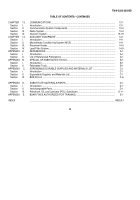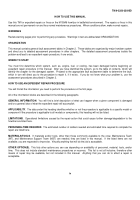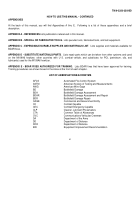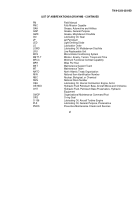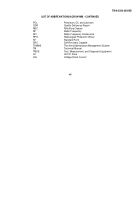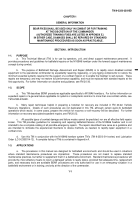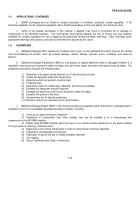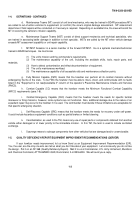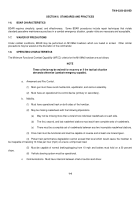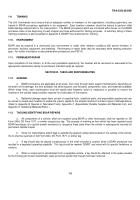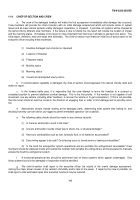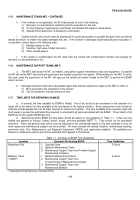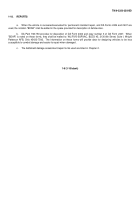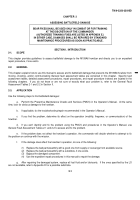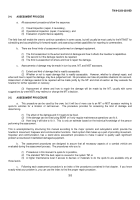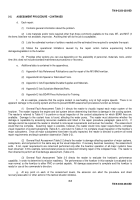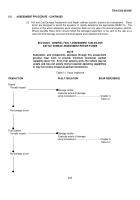TM-9-2350-358-BD - Page 20 of 343
TM 9-2350-358-BD
1-14.
CHIEF-OF-SECTION AND CREW
a.
The crew of the damaged howitzer will make the first assessment immediately after damage has occurred.
Crew members will provide the chief-of-section with an initial damage assessment which will include notice of system
failure and all major vehicle systems visibly damaged, inoperative, or impaired.
If possible, all systems will be checked at
the same time by different crew members.
If the failure is due to hostile fire, the report will include the location of impact
and the manning status.
Immediacy of the report is more important than how long it will take to get back into action.
The
initial report, therefore, may omit repair time estimates.
The chief-of-section must make an initial out-of-action report to the
executive officer including these essentials.
(1)
Howitzer damaged (out-of-action or impaired)
(2)
Location of Howitzer
(3)
Firepower status
(4)
Mobility status
(5)
Manning status
(6)
Current and anticipated enemy action
b.
If communication capability is damaged, the chief-of-section should approach the nearest friendly radio and
make his report.
c.
In the forward battle area, it is imperative that the crew attempt to move the howitzer to a covered or
concealed position to prevent additional combat damage.
This is the first priority.
If the howitzer is not capable of self
movement, use any vehicle, including other howitzers, to recover the vehicle or to get concealment.
If this is not possible,
then the turret should at least be turned in the direction of engaging fires in order to limit damage and to possibly return
fire.
d.
Assessment checks include looking at the damaged parts, determining what system they belong to, and
deciding how they can be fixed or jury-rigged to permit immediate operation (full or partial).
e.
The following safety checks should be made for any obvious hazards.
(1)
Is there an ammunition round in the tube?
(2)
Are any ammunition rounds critical due to shock, fire, or physical damage?
(3)
Have any combustibles such as fuel, hydraulic fluid, or oil leaked or accumulated?
(4)
Does wiring appear to be safe? Could arcing occur to stored ammo or leaking combustibles?
(5)
Is the fixed fire extinguisher system operational and are portable fire extinguishers serviceable? Crew
members should be stationed inside and outside the howitzer with portable fire extinguishers and be prepared to manually
actuate the fixed fire extinguisher system.
f.
A functional/operational test should be performed next on those systems which appear undamaged.
Only
those systems found to be damaged or inoperative shall be identified.
g.
The chief-of-section shall report to the executive officer the results of the crew’s damage assessment,
naming the major known causes of the vehicle’s immobility and/or lack of fire power.
If repair by the crew is possible, he
shall report a total estimated repair time and what functions may be restored.
1-6
Back to Top

